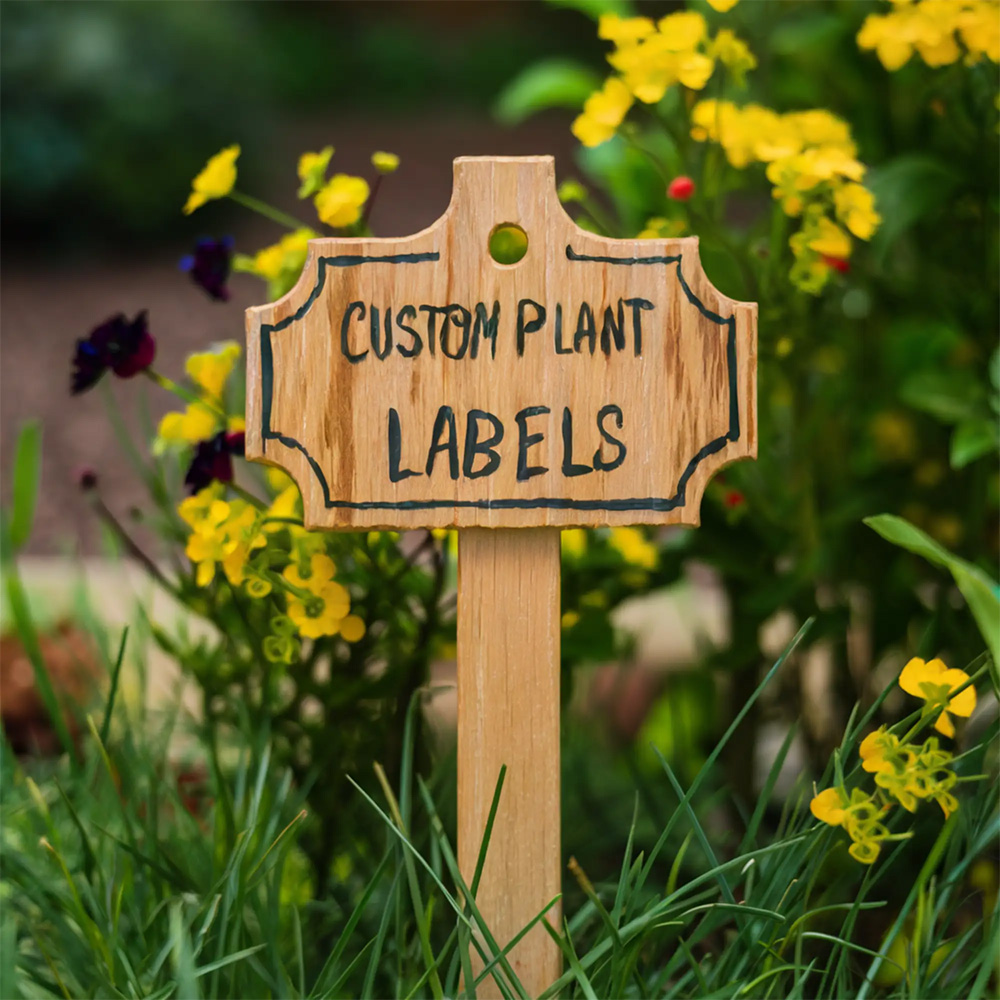
Get the latest information on plant labels and enhance your garden with our stylish, tailored solutions.
These signs help identify the various vegetables growing in your garden, ensuring that you can quickly locate and manage your crops. When making garden signs, choosing the right materials is key to ensuring durability, visibility, and a good match with the garden’s aesthetic. This guide will walk you through the various options available and how to create garden signs that are both functional and visually pleasing.
Wooden garden signs are a classic option that adds a rustic and natural feel to any garden. Popular wood choices include cedar, pine, and reclaimed wood. Cedar is a great choice as it is naturally resistant to rot, while pine is an affordable and versatile option. Reclaimed wood can add a touch of sustainability to your garden while providing a charming weathered look.
However, wood signs are prone to rot and decay over time, especially when exposed to outdoor elements like rain and sun. To prolong their life, make sure to treat the wood with weatherproof sealants or varnishes. This protective layer helps prevent moisture from penetrating the wood, reducing the chances of rotting.
In terms of design, wooden signs can be customized using paint, woodburning tools, or stencils to add names, symbols, or drawings of the vegetables. While wooden signs bring a warm, traditional vibe to your garden, they may require occasional maintenance, such as repainting or resealing, to keep them in good condition.
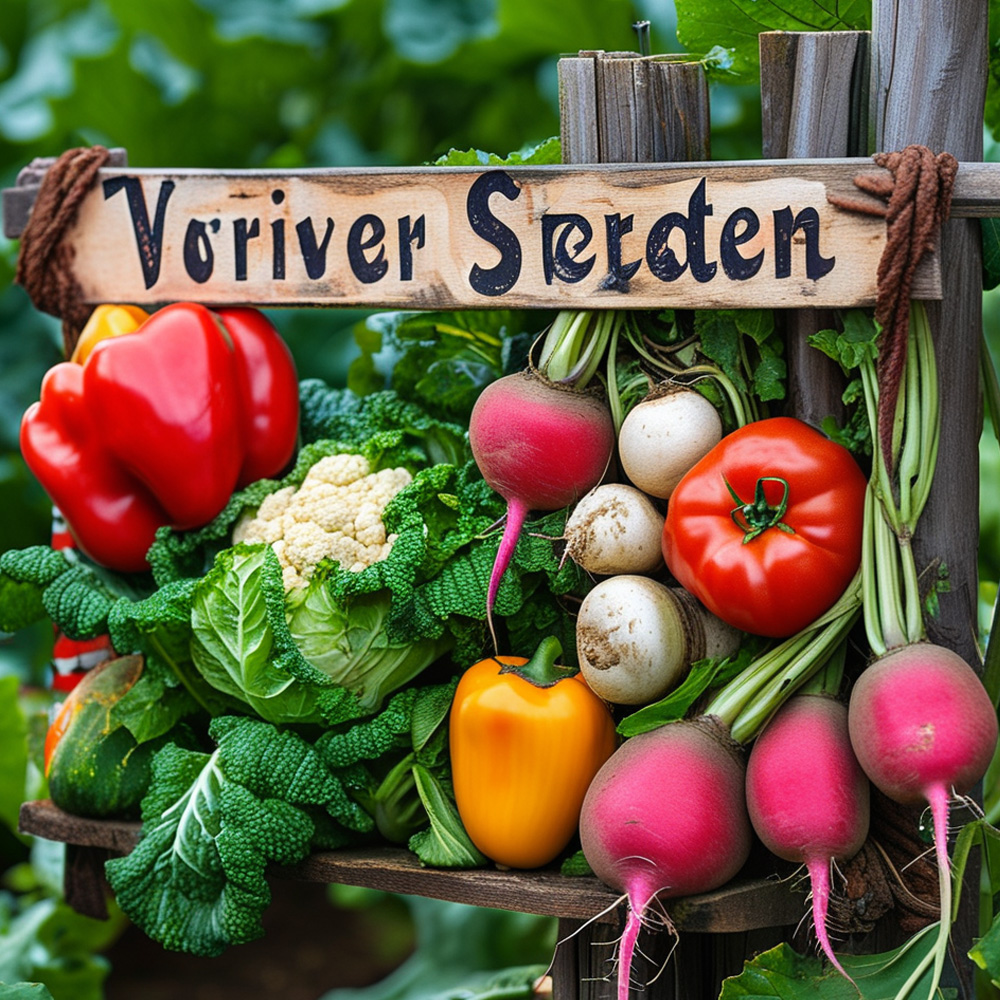
Metal garden signs are a more durable and weather-resistant option compared to wood. These signs can be made from materials like aluminum, steel, or copper, and they often have a sleek, modern look that can complement a contemporary garden design. Aluminum signs are lightweight, rust-resistant, and affordable, while copper signs can develop a beautiful patina over time, adding a vintage touch.
Metal signs are especially ideal for gardens in areas with harsh weather conditions, such as heavy rainfall or strong winds, as they tend to be more resilient than other materials. They also require less maintenance compared to wooden signs, though copper signs may need occasional cleaning to remove tarnish if you prefer a shiny finish.
One potential downside to metal signs is that they can be noisy when they rattle in the wind, which could disturb sensitive plants or animals nearby. Nevertheless, their long-lasting nature makes them a great investment for long-term garden use.
Plastic garden signs are an affordable, lightweight, and practical option for gardeners. These signs can be made from materials like PVC, acrylic, or polycarbonate. Plastic signs are resistant to rotting, decay, and weather-related damage, making them a low-maintenance choice for busy gardeners.
Due to their lightweight nature, plastic signs are easy to install and move around, making them ideal for vegetable gardens where plant locations may change throughout the season. They are available in various colors and shapes, allowing you to match the signs to your garden’s overall aesthetic. However, plastic signs may lack the rustic charm of wood or the elegance of metal, which might make them less appealing for gardeners who prefer a more natural or traditional look.
If you’re looking for a quick, easy, and cost-effective solution, plastic signs can be an excellent option. For added durability and a more polished look, consider combining plastic with wood or metal frames.
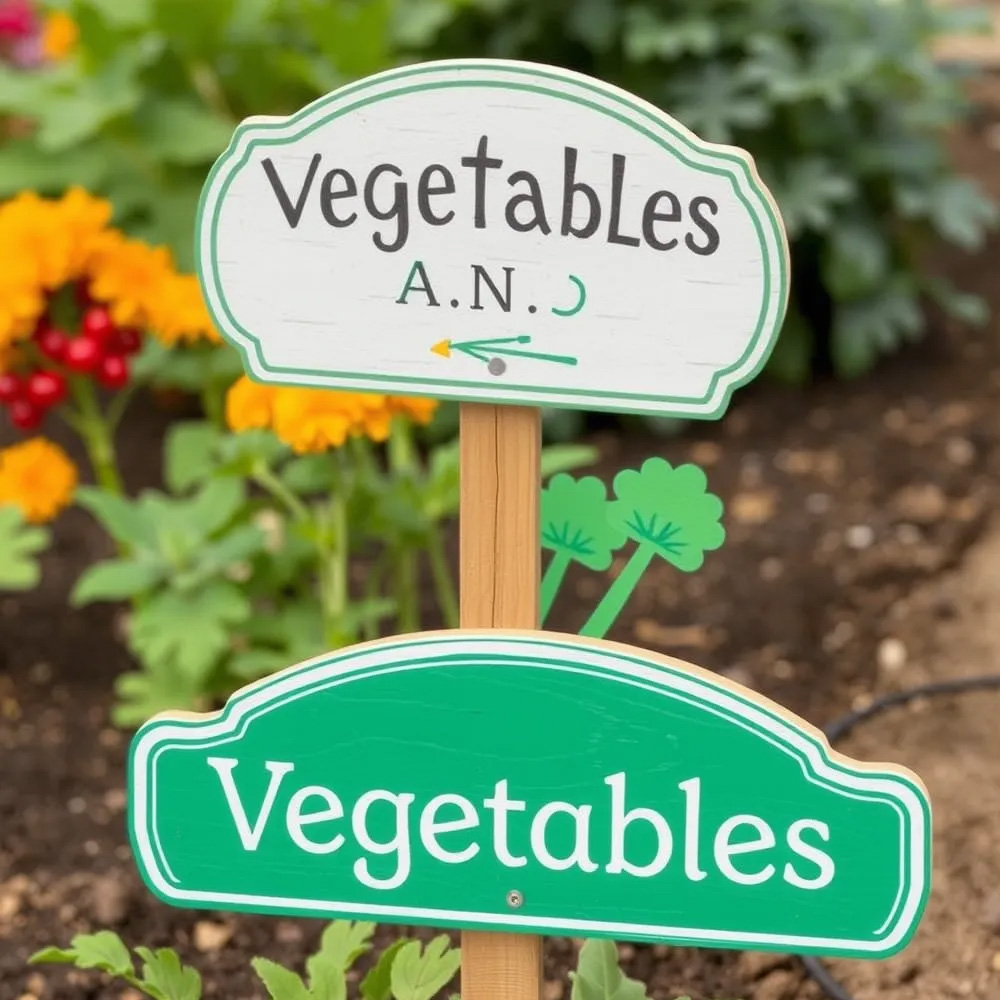
Using a combination of materials can provide the best of both worlds in terms of durability and appearance. For example, you could create a wooden sign with a metal or plastic insert, giving you the charm of wood and the resilience of metal or plastic. This layering approach can add durability and strength to your garden signs, making them more resistant to the elements while maintaining a stylish look.
Another combination to try is using a wooden or metal backing with a plastic front for easy customization. The flexibility of combining different materials offers endless possibilities for creating garden signs that meet your practical needs and design preferences.
When designing your garden signs, it’s important to think about size, visibility, and personalization. Larger signs are easier to spot from a distance, but they may be more difficult to install and could overpower smaller plants. On the other hand, smaller signs are discreet and easy to position but may not be as effective for communicating important information about the plants.
The design of the sign should reflect the overall style of your garden, whether it’s rustic, modern, or whimsical. Using bold and contrasting colors will make the text more visible, ensuring the signs can be easily read even from a distance. Additionally, you could add visual elements such as illustrations of the vegetables, a quote, or a decorative border to personalize each sign.
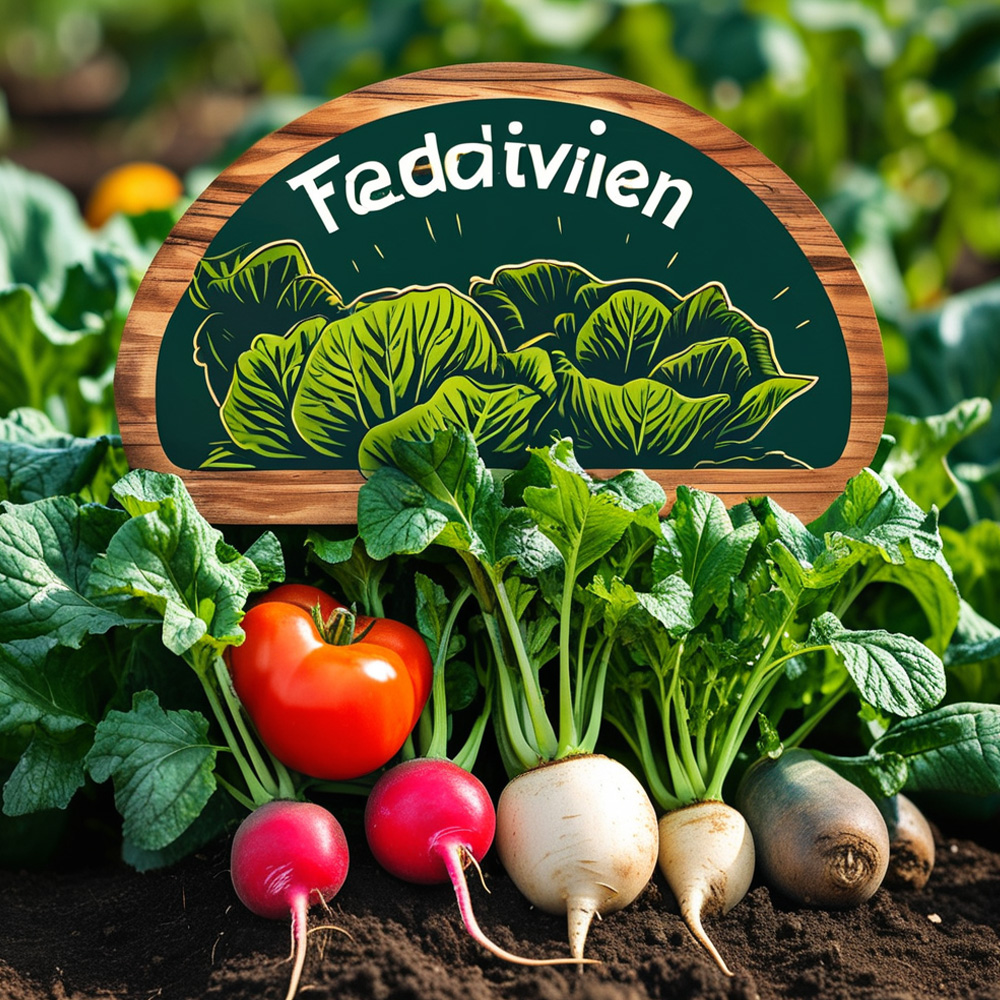
Creating garden signs for vegetables is a fun and practical way to organize your garden, enhance its appearance, and ensure that each plant receives the proper care. Whether you opt for the natural charm of wooden signs, the durability of metal, or the practicality of plastic, the key is to choose materials that suit your garden’s environment and your personal aesthetic. By considering factors like durability, visibility, and design, you can create long-lasting, visually appealing signs that help you navigate your garden with ease and pride.
Get the latest information on plant labels and enhance your garden with our stylish, tailored solutions.
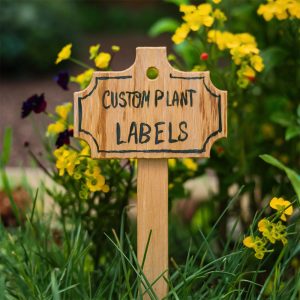
Are you tired of forgetting which plants are which in your garden? Plant labels are the unsung heroes of garden organization, helping both novice gardeners and experienced botanists keep track of their green companions.
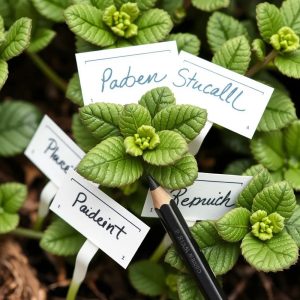
Gardening enthusiasts often find themselves faced with the challenge of labeling their plants in a way that is both durable and legible. The pencil you use plays a significant role in ensuring your garden labels can withstand the elements and stay readable over time.
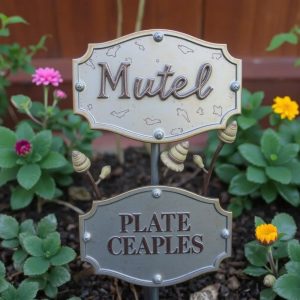
Metal garden decor, including metal plant labels, adds elegance and sophistication to any outdoor space, enhancing its overall aesthetic appeal. However, rust can quickly undermine the beauty and structural integrity of these decorative pieces.
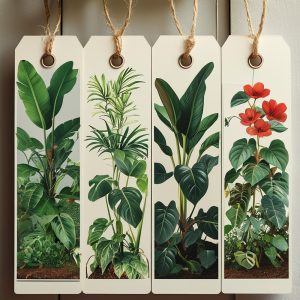
Plant labels play a crucial role in gardening, whether you’re a novice looking to keep track of your new plants or an experienced botanist identifying and categorizing species.
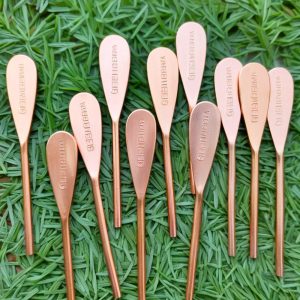
Copper plant markers are an excellent choice for gardeners who want a durable and aesthetically pleasing way to label their plants.
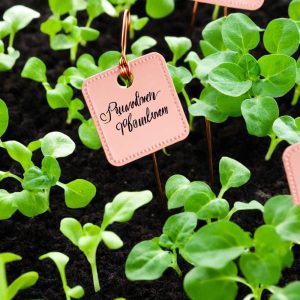
When it comes to writing on metal, enamel paint is a top choice specifically designed for this purpose.
Fill out the form below, and we will be in touch shortly.